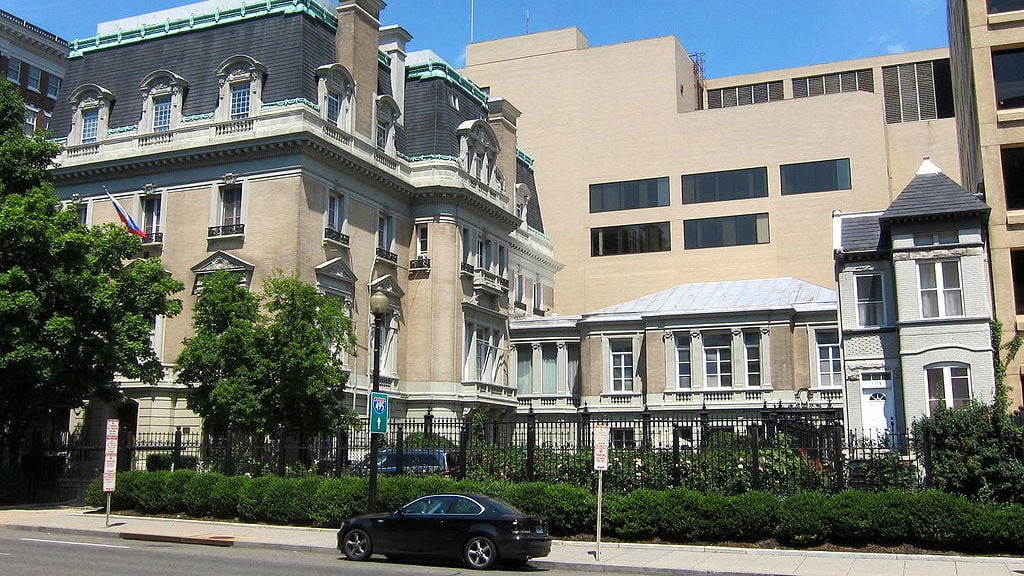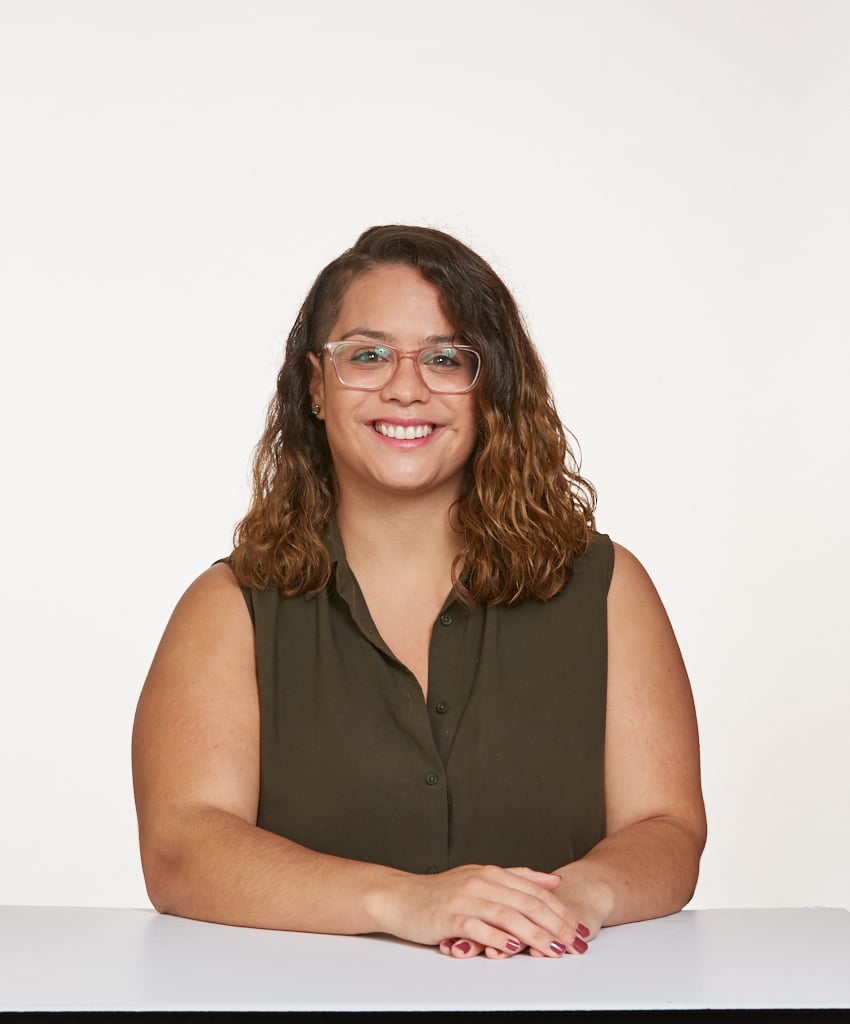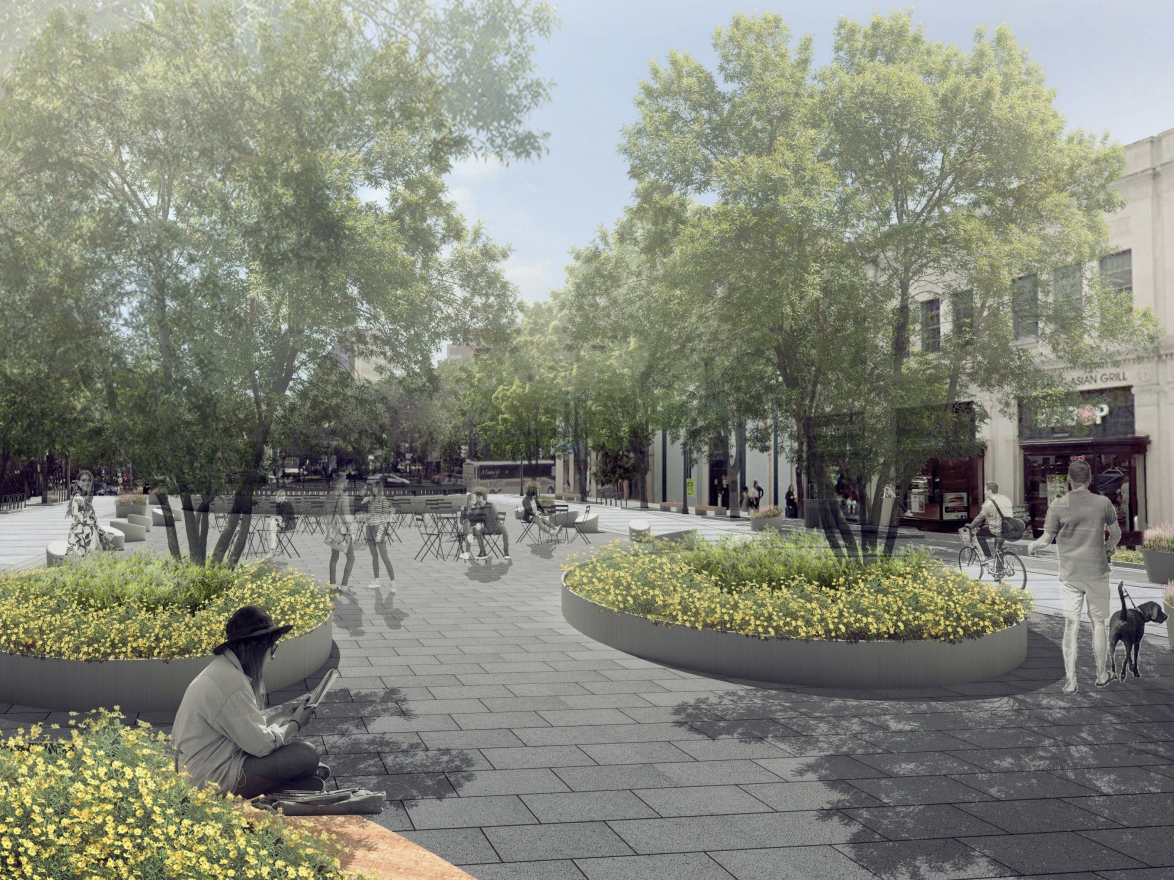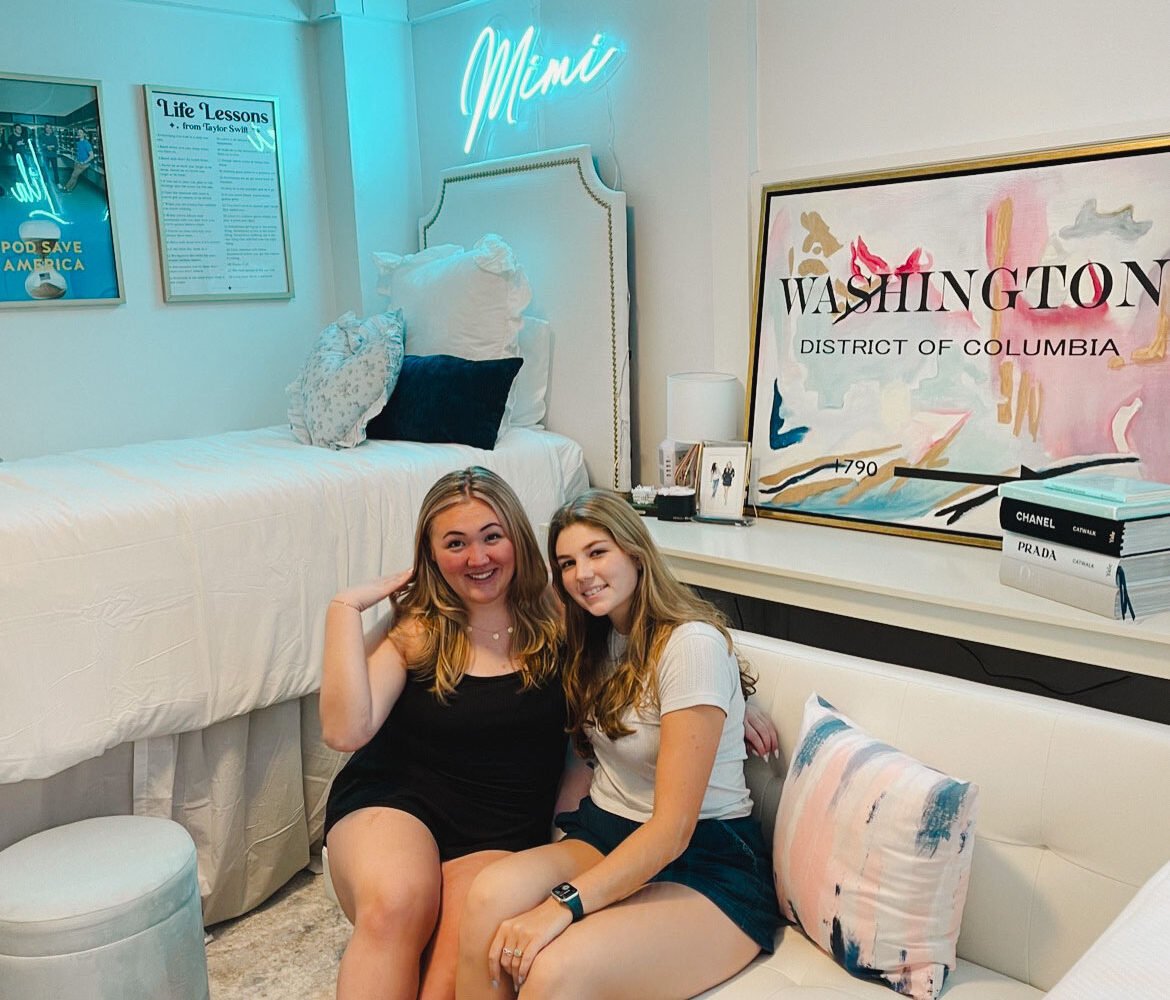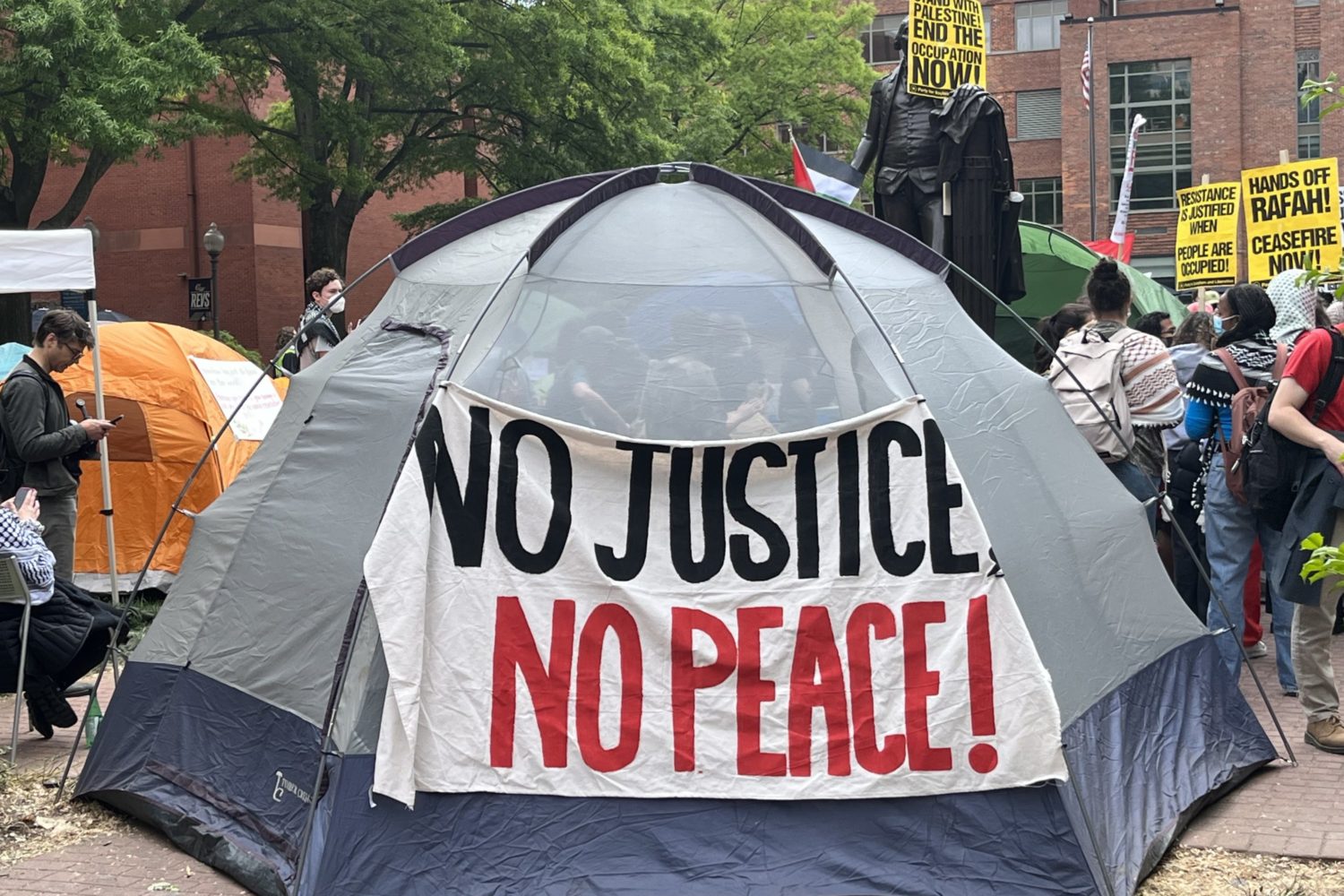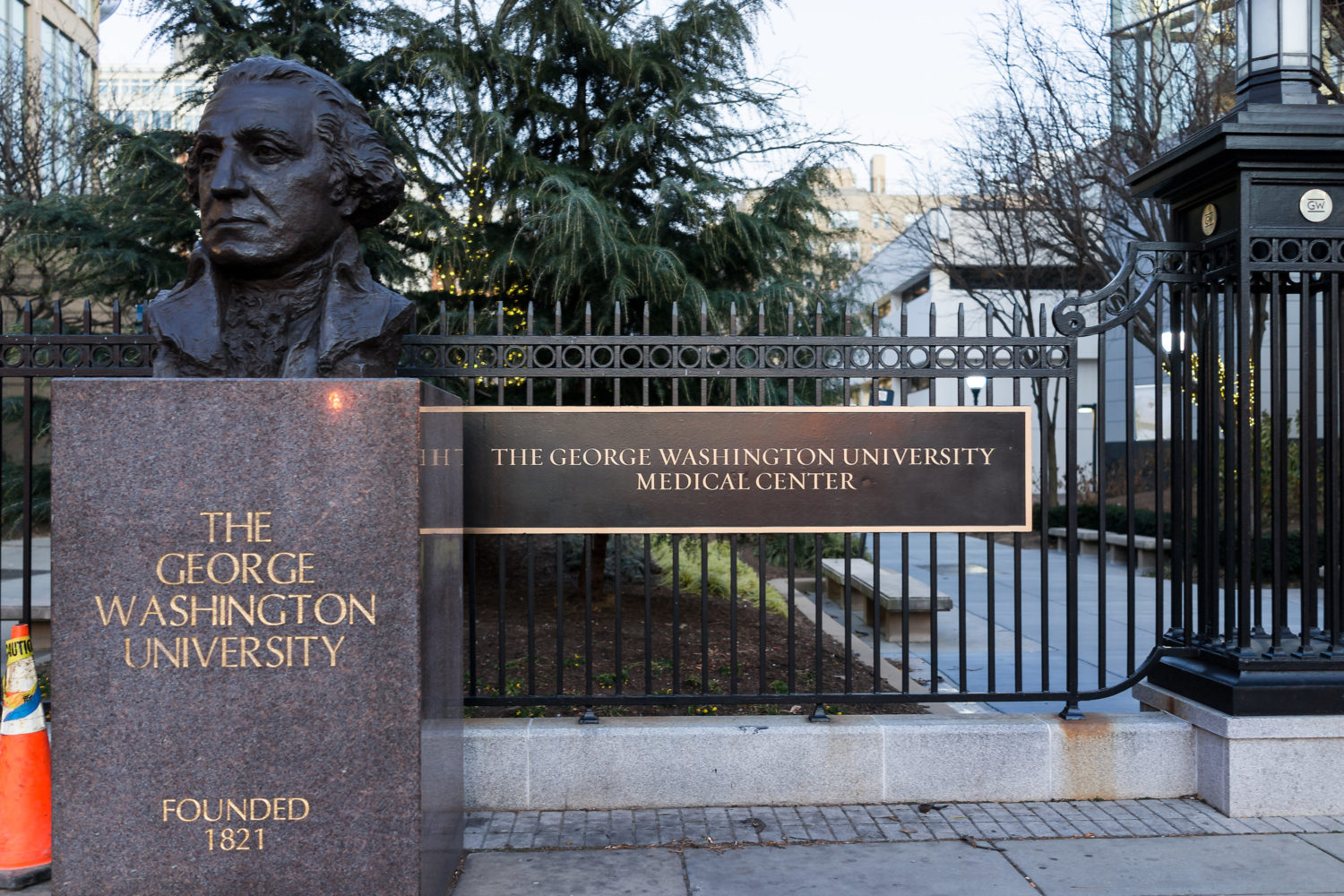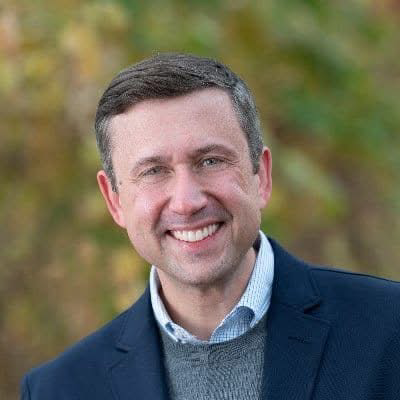Washington has more spies than any other world city, a dubious honor that started with the first American spymaster, George Washington. A new book by former CIA technical-service director Robert Wallace and historian H. Keith Melton, Spy Sites of Washington, DC, looks at more than 200 apartment complexes, garages, and movie theaters—from a small park behind a Falls Church strip mall to the Rayburn House Office Building—where spies have been known to eat, sleep, and steal. We asked Wallace and Melton for their all-time favorite spook stories.
1. Old YMCA on G Street
Starting in 1959, FBI double agent Joe Cassidy played pickup volleyball at this YMCA—now a Consumer Financial Protection Bureau site under construction—with Soviet spy Boris Polikarpov, who believed he was the one running Cassidy. In reality, the US Army sergeant, code-named Wallflower, fed his unwitting handlers sanitized nuclear intelligence for more than 15 years, enabling the US to identify ten Soviet spooks and get their hands on Soviet spy gear.
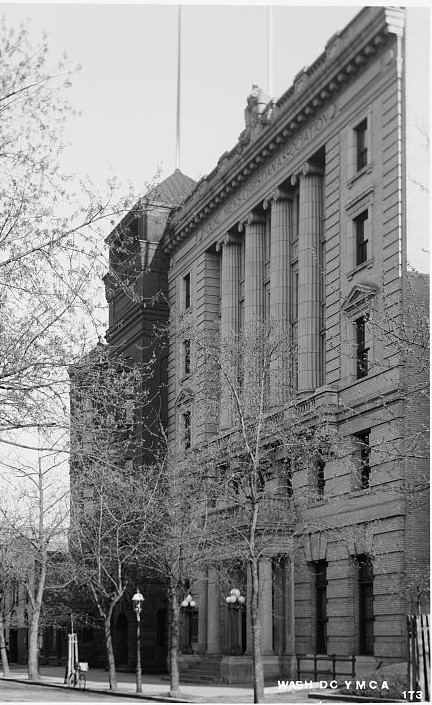
2. Former Soviet Embassy
From 1967 to 1985, when his drunk and embittered ex-wife ratted him out to the Feds, naval officer John Walker went from a low-level asset looking to make quick cash to what the book calls “one of the most damaging spies” in US history. His run started when he dropped by the Soviet Embassy—now home to the Russian ambassador to the US—with unsolicited documents. By the time it ended, Walker had recruited three other spies into his ring, including his brother and son, and sold at least 250,000 documents. When arrested at the Ramada Inn in Rockville, he wasn’t exactly remorseful. “K-Mart has better security than the Navy,” he told interrogators.
3. The Exchange Saloon
This sports bar, two blocks west of the White House, was once home to Capitol Couples, a 1970s wife-swapping club. It’s through the club that Karl and Hana Koecher—a Czech husband and wife working as illegal resident spies without the safety net of immunity—rubbed elbows with CIA officers, journalists, and at least one senator. “Sex is part of the arsenal of espionage,” says Wallace. Through swinging, the Koechers established relationships they later exploited for intel.
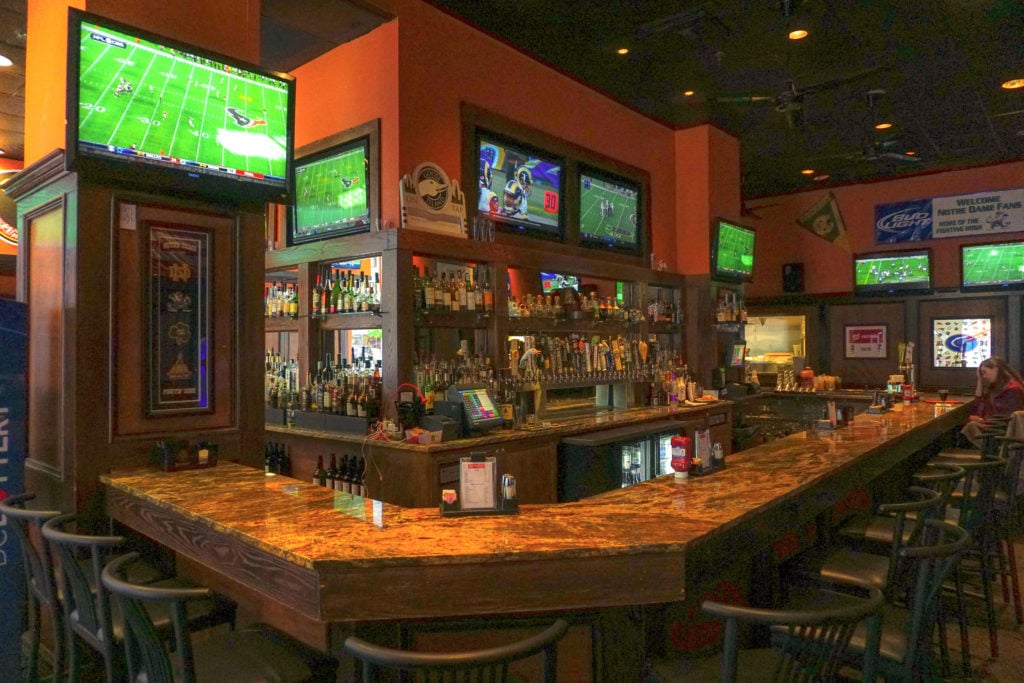
4. Former Ruby Tuesday on Wisconsin Avenue
In 2010, Mikhail Semenko was a Seton Hall University grad with a walkup near Fort Myer, a job at a travel agency, and a rich social-media life. Unbeknownst to his 300 Facebook friends, he was also a quadrilingual Russian spy. The details of his capture provide a modern refresh to the “car toss” tradecraft of the Cold War, in which someone would drop information by throwing it from a moving car to a parked vehicle. Feds once surveilled him in a crowded Tenleytown Ruby Tuesday (now an empty building), working on his laptop. In reality, he was transmitting messages to his Russian contact, who was parked at a McDonald’s across the street.
5. George Washington University
Tim Foley was a sophomore at GW’s Elliott School of International Affairs when his parents, Donald Heathfield and Tracey Lee Ann Foley, were arrested in 2010 and deported, nearly 30 years after arriving in Canada as Soviet spies. The family moved to the US in 1999, and officials believe the couple were grooming their son to take over the family business. “The family that spies together stays together,” says Melton, though Foley denies knowledge of his parents’ espionage. So far, his requests to return to the US from Russia have been denied.
This article appears in the March 2017 issue of Washingtonian.

